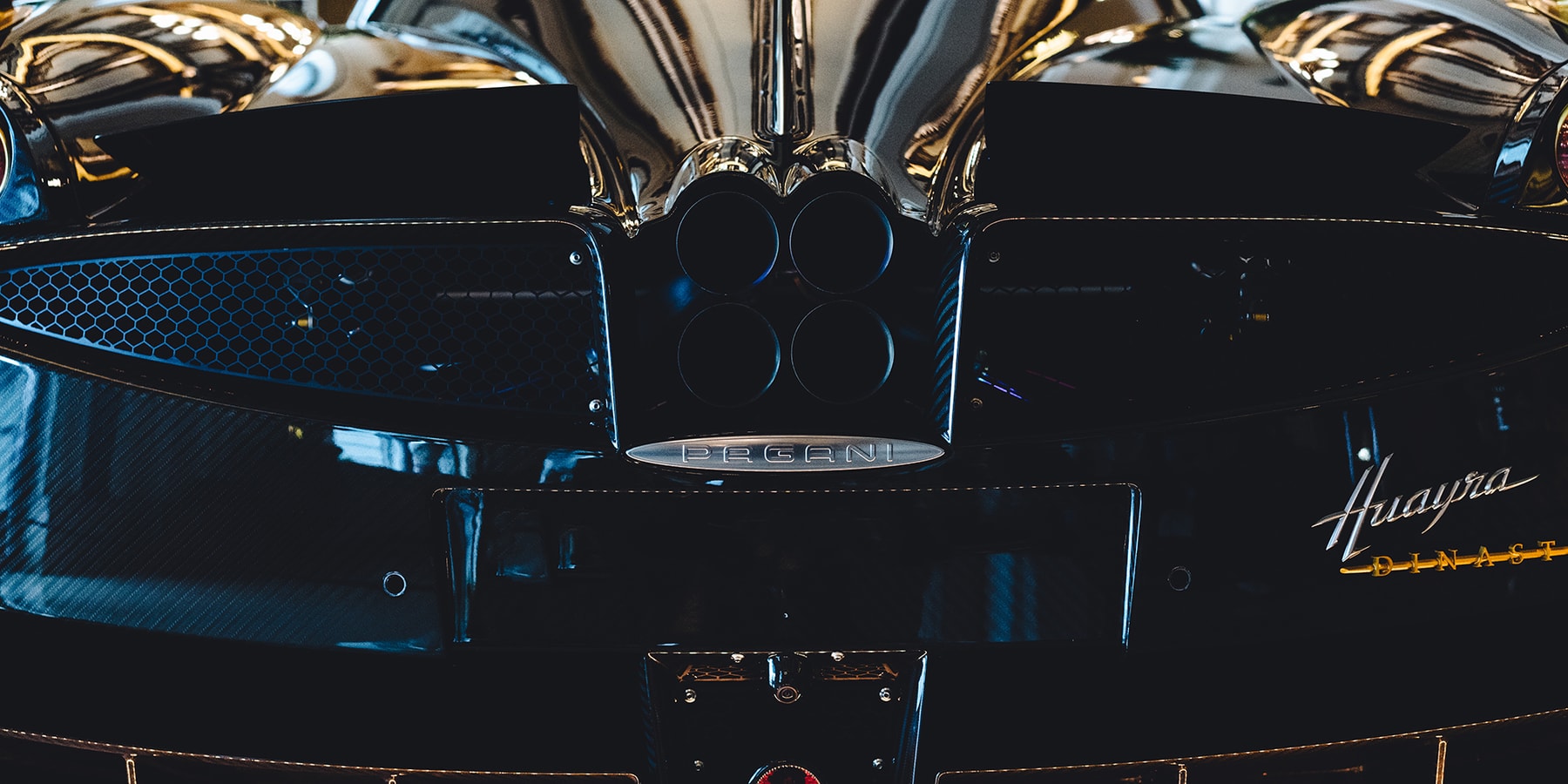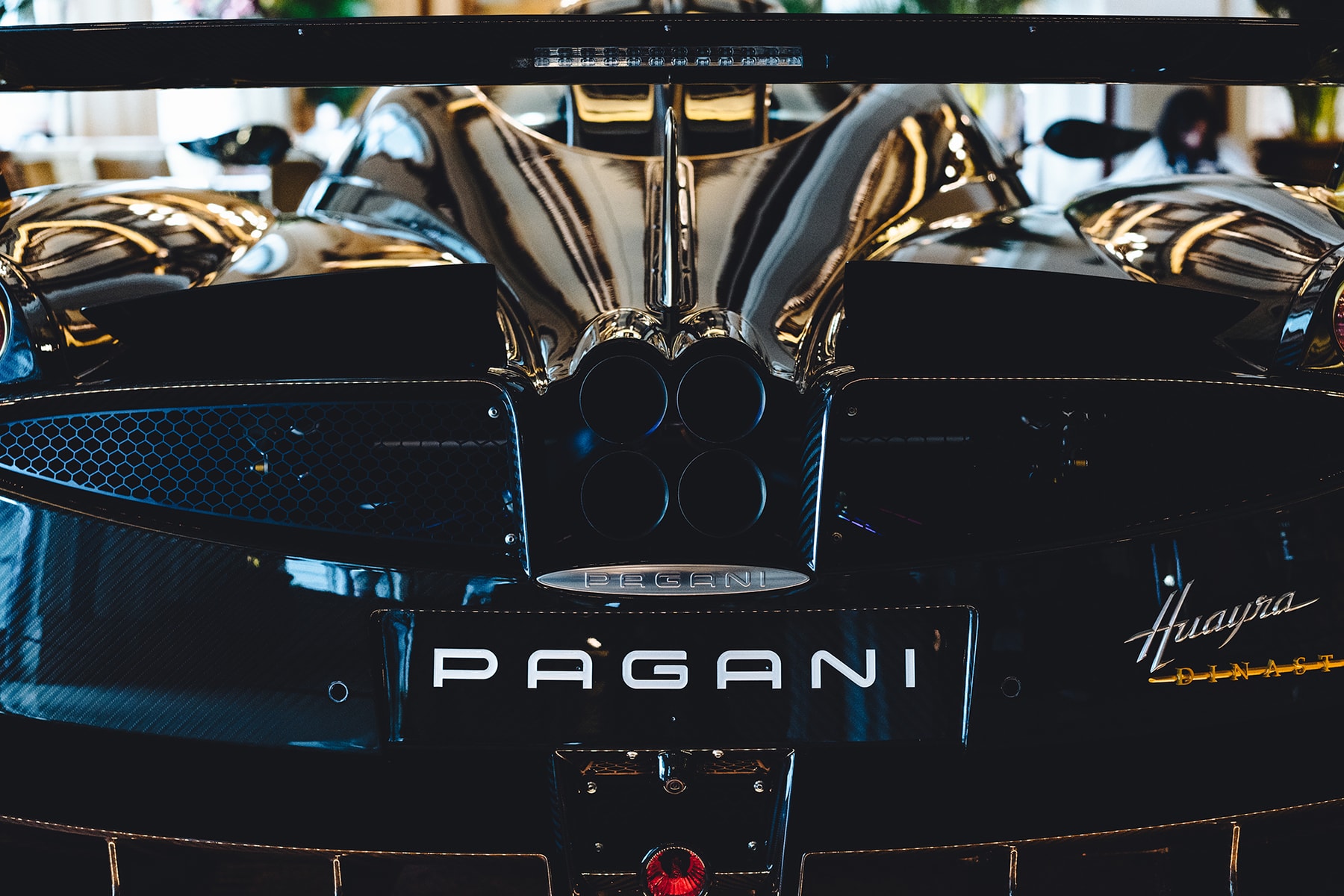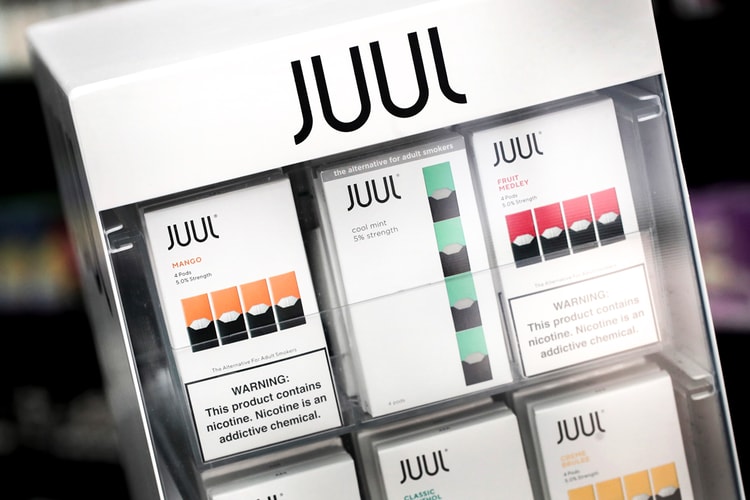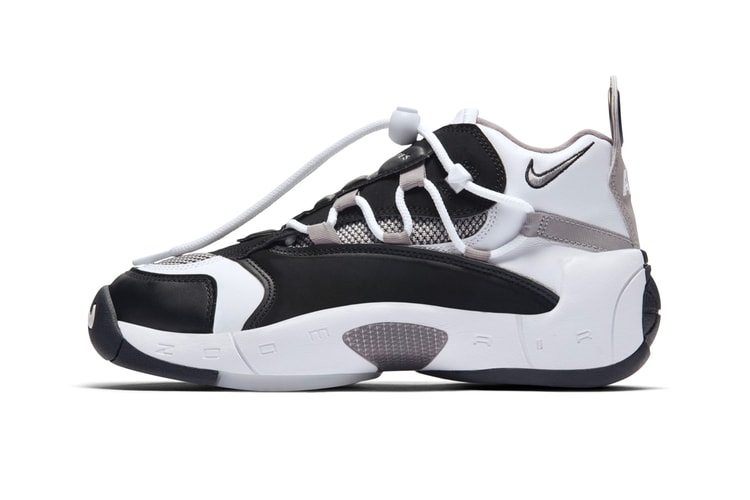

I will never forget the first time I saw, or rather, heard a Pagani. I was spending a Summer vacation in Hong Kong, exercising in a park near my grandparents home, when suddenly the sound of aunties socializing was drowned out by an unfamiliar scream. After cycling through my limited mental database of sports car exhaust notes, I quickly came to the realization that this was something different.
Chasing the car’s scream, I turned the corner to see four exhaust pipes staring back at me — this was the first time I thanked the traffic gods for a red light. After that first encounter, my curiosity for the Italian sports cars manufacturer began to grow; there was this aura of mystery surrounding Pagani. As a city that ranks second in terms of the number of billionaires (just under New York), why was it such a rare occurrence to see a Pagani Zonda, when on any given sunny day you could find Ferrari and Lamborghini owners parading their trophy cars through the crowded streets of Hong Kong. Was it something to do with the car? The owner? Or maybe both?
Fast forward to late 2018, I receive an email from a representative from Pagani telling me that, not only was there going to be a number of Pagani models on display in Hong Kong (as part of its Supercar Restoration Program), but Horacio Pagani, the ex-chief engineer at Lamborghini and founder of Pagani Automobili S.p.A, would be flying over to personally talk shop with his collectors. Needless to say, I tagged along as I had questions still fresh in my mind stemming from that summer when I first heard the indelible sound of a Pagani.
HYPEBEAST: Aside from the obvious answer of being a city with a lot of old money, what continues to bring the Pagani name to Hong Kong? Many years back, it was such a rarity to see a Pagani in Hong Kong, then there was a moment when you would see them at all the events, and now back to not seeing them. Is there something different you guys did in terms of marketing the product that’s unique specifically to Hong Kong?
Horacio Pagani: Hong Kong was one of our first markets outside of Europe. The reason why Hong Kong works for us is that it is still this city that has a Western mentality, but at the same time, has its roots in Chinese culture. Local partners and clients were quite open to our ideas and image. This city acts as the perfect place to take our branding as it acts as a gateway into Mainland China. Europeans have always regarded Hong Kong as the “Monaco” or “Monte Carlo” of Asia; the affluent always try to have the best yachts, cars, fashion…etc. It’s a place where the wealthy have access to the best in lifestyle.
Also, because we make such a limited run of flagships, the global demand becomes quite high. Some of our Hong Kong owners have sold their Paganis to Europe and North America.“We are currently producing around 40 cars a year for the global market.”
HB: So why, out of all the other automobile marques on the market, do all your clients in Hong Kong, scratch that, the world, gravitate towards your cars?
Pagani: Our production capacity is extremely limited. We are currently producing around 40 cars a year for the global market. If you look at other supercar manufacturers, they are putting out numbers in the tens of thousands a year. We are placing ourselves in a very niche market. When it comes to our clients, you will notice that most have a very flamboyant lifestyle, they are coming to Pagani for a custom experience — much like how you would go to a tailor for a proper fitting suit. Pagani is trying to recreate that one-to-one experience with our band and the clients, so that each sports car is an expression of the individual’s desires on four wheels.
America has always been one of our largest markets, but Hong Kong is definitely in the top three. At the highest point of our presence in Hong Kong, we had over 40 vehicles in the city.
“When I started sketching the Zonda, I imagined a woman laying on the beach…”
HB: Let’s talk a little about the look of the car, and how easily you can pick a Pagani out from a crowd. When you were first starting off in designing the Zonda, how did you approach it? Were you thinking more about the rear, leading to the iconic Quattro exhaust, or did it start up front?
Pagani: The first car was not worked on from front-to-back, or even back-to-front. It was from top-down. When I started sketching the Zonda, I imagined a woman laying in a specific position on the beach. This is what gave the car its unique shape.
HB: So then where did the exhaust come from? It feels so much like a focal point of every Pagani
Pagani: The exhaust came about when I was at my studio listening to music. I would look at my speakers and try to visualize the sound shooting out. I then thought of it like this quadruple-barrel machine gun, blasting these rich notes forward. It then clicked… Why not have four pipes projecting the exhaust notes like music? For some, listening to the roar evokes emotions just like music would.
HB: I cannot agree with you more. Ok, so for this part, I wish to just bring up a few more key design elements often associated with your fine machines. Keeping it succinct, can you try your best at explaining what they mean to you and the cars?
Pagani: Ah, ok. Ha-ha, I don’t really do this often, but will try my best.
HB: The first one is “carbon fiber.”
Pagani: Carbon fiber is a way to express the shape of our design so that we can create beautiful and rich lines for each product.
HB: What about “titanium?”
Pagani: Titanium is normally a raw material that is used for engineering purposes. Pagani takes this cold and technical material and turns it into a sculpture. There is something exotic about the combination of both carbon and titanium.“In the beginning, aerodynamics created some ugly shapes and inefficient streamlines.”
HB: “Aerodynamics.”
Pagani: Aerodynamics is a concept that has evolved in recent years. In the beginning, aerodynamics created some ugly shapes and inefficient streamlines. Today, technology has enabled us to reach a new level of performance in airflow and design. I consider aerodynamics as just another tool like carbon fiber or titanium. All of these, when used together, can help make the car perform well and look amazing.
HB: What about the difference, to you, between the “exterior” and “interior?”
Pagani: The exterior of the car is experienced and enjoyed for those outside of the car. The interior is for yourself, the driver, the owner. You have to feel at home. The interior has to look nice and feel comfortable. Touch, smell, how you enjoy sitting in the car. These are all factors that you need for the interior. It has to stimulate your senses. You talk to the car, and the car talks back.
HB: It seems music is very important to you and plays a big part in your life when it comes to designing a Pagani. Even walking to this room, I noticed you paused for a few minutes to observe the string quartet that was playing in the lobby. What is music to you?
Pagani: Music is very important to me for getting into my workflow. I listen to music every day. Different genres and songs serve different purposes to put me in different creative states, but ultimately they all help in getting my creative juices flowing. For others, listening to a love song may bring up up past feelings of a lover, but for me, it is strictly for getting into my “creative mode.”
“The whole idea of spending three to four million Euros on a vehicle is already a crazy idea.”
HB: I wish to know of some lesser written about stories from Pagani. With your clients being able to afford a seven-figure car, there has to be some crazy request. I heard that someone in Miami requested a complete carbon Zonda frame from you, just so he could hang it on his wall like art. I want to hear more about these crazy requests
Pagani: Every project is very unique. I cannot recall an instance when we did NOT have a crazy request. Every single car that we put out is a crazy request. The whole idea of spending three-to-four million Euros on a vehicle is already a crazy idea. Every car is a special request. There is no car like it.
HB: Fair enough. So then what defines a Zonda, and what defines a Huayra? If someone has the money for just one, how do they come to their decision?
Pagani: The Zonda is a racing car that was inspired by the track cars of the ‘60s, ‘70s, and ‘80s. It has elements of a jet-fighter but remains a car. You can see this in how the cabin leans forward, and in how the Zonda has this cockpit that is surrounded by glass. The Zonda is also naturally aspirated.
The Huayra is a completely different project. It is more elegant, and it has softer lines. The Huayra is turbocharged, so when driving it, you feel like you are constantly in a rocket that is taking off. When you touch the throttle, you can hear all the air being sucked in.
The Zonda is like driving a classic race car while the other is like an airplane.“[Pagani] is the combination of art and science, together as one.”
HB: So is there anything that ties to two together?
Pagani: There is no one-word answer for both cars, but the common denominator for the two would have to be the combination of art and science — together as one.
HB: Touching on science and engineering, how does the recent push for electric vehicles and “cleaner” modes of racing impact Pagani?
Pagani: Electric cars are this new generation of vehicle. A modern car is for commuting from A to B. Our job, and say the job of Ferrari, Lamborghini, Bugatti, Koenigsegg…etc is to create an emotion. So there will be a point in time where the two worlds will need to collide, due to regulations, and just the overall advancement in civilization. Pagani will need to be there to meet the demand. We will be there to make an electric car that shares the same emotion as the Zonda and Huayra.
HB: Thank you for your time. One last question, what does “speed” mean to Pagani?
Pagani: Speed is what makes the appearance of the road [though the windscreen] narrower and narrower. Chasing after speed, well that’s what makes you lose sight of some of the important things around you. Let’s leave it at that.











































Photographer
Ambrose Leung / HypebeastScan the QR code to open the article on your device or within the Hypebeast App.